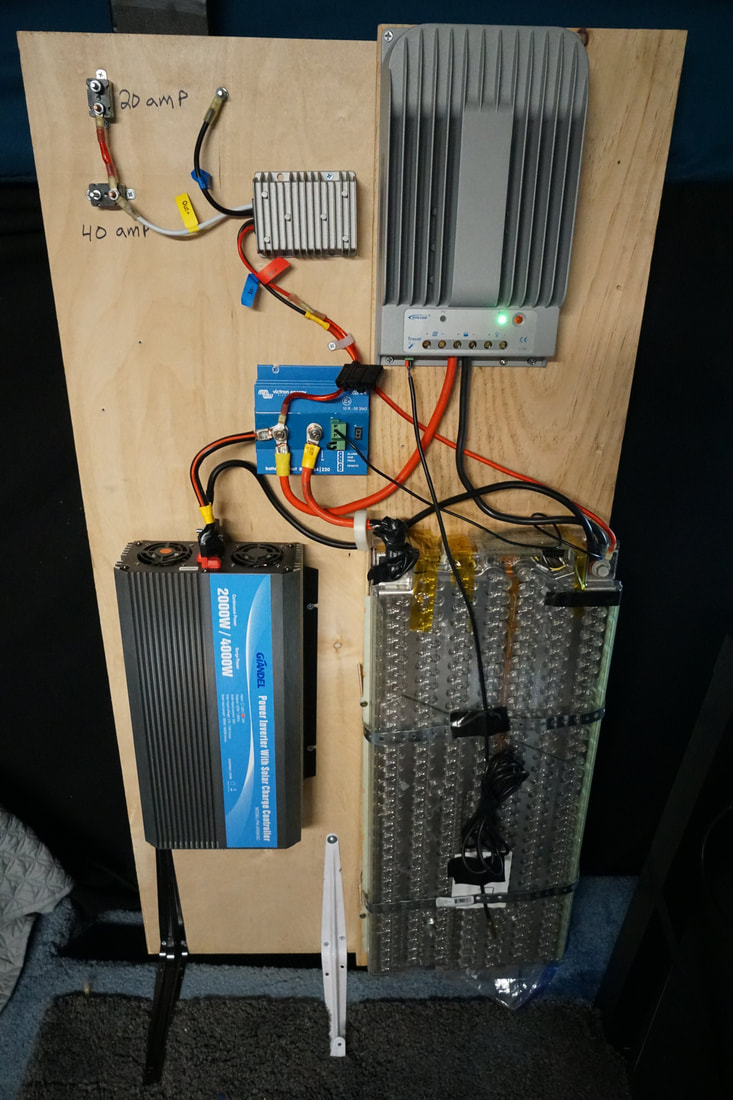shizenyasuya
New Member
- Joined
- Oct 15, 2019
- Messages
- 10
I've been following Will's youtube channel for a long time, and I finally got around to buying a Tesla battery module for my off-grid project. The DIY tesla video has a segment on the charge profile for that charger, and there's a spot he glossed over, saying it didn't matter too much, but with an image over the bottom of the screen stating to check the website because he's fine tuned the profile. I checked the website, but I can't seem to find the fine-tuned profile. Is anybody else using this setup or have suggestions for keeping a Tesla battery module happy with the charge profile? I've got the maximum charge voltage set to 24.8, overcharge disconnect set to 25.0, and the low voltage disconnect is set to 19.8, with a low voltage warning at 22 volts, but there were so many other parameters to set, that I would like to fine tune as well. If anybody has a recommended setup, I'd love to hear it.



